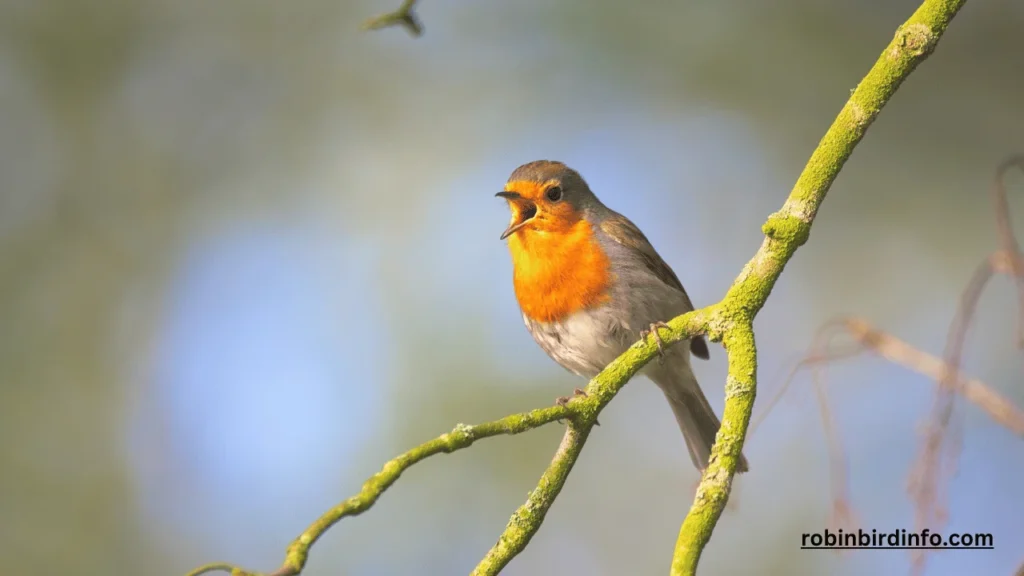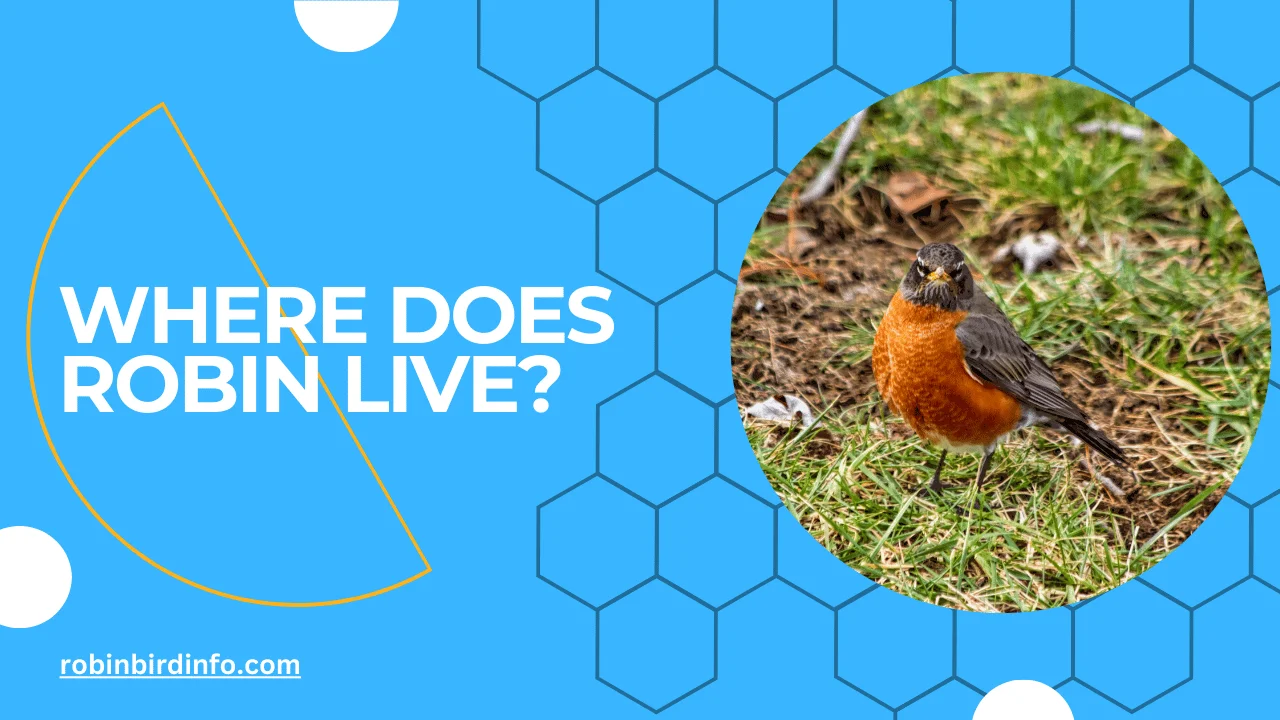Ever watch a seemingly peaceful robin turn into a tiny feathered fury, chasing away another bird twice its size?
Robins, those cheerful companions gracing our lawns, can be surprisingly territorial. This seemingly harmless behavior raises a fascinating question: Where exactly does a robin call home? Understanding a robin’s territorial habits goes beyond simple curiosity.
Their chosen habitats directly impact their survival, feeding patterns, and even interactions with us humans.
This blog post dives deeper into the world of robin real estate. We’ll explore the surprising reasons behind their territorial displays, the types of environments they favor, and how these preferences can even influence their interactions with you in your own backyard.
By understanding where a robin chooses to live, we gain valuable insights into these remarkable birds and their place in our shared environment.
Contents
Natural Habitat
Forest and Woodland Habitats: Forests and woodlands provide ideal habitats for Robins, offering abundant food sources, nesting sites, and shelter. These areas often have a diverse understory of shrubs and trees, which provide nesting and foraging opportunities.
Urban and Suburban Habitats: Robins have successfully adapted to urban and suburban environments. They can thrive in parks, gardens, and backyards, as long as these areas provide adequate food and shelter.
Agricultural Landscapes: Agricultural landscapes can provide suitable habitats for Robins, especially those with hedgerows, orchards, and field margins. However, intensive agriculture practices, such as pesticide use, can negatively impact Robin populations.
Habitat Requirements
Nesting Sites: Robins prefer to nest in trees, shrubs, or on buildings. They look for sheltered locations that are protected from predators and harsh weather conditions.
Food Availability: Robins are omnivorous, feeding on a variety of insects, berries, and fruits. A diverse food supply is essential for their survival and reproductive success.
Water Sources: Access to water is crucial for Robins. They use water for drinking, bathing, and cooling down during hot weather.
Adaptations to Different Habitats
Behavioral Adaptations: Robins have adapted their behavior to different habitats. For example, they may adjust their foraging strategies to exploit different food sources and avoid predators.
Physiological Adaptations: Robins have physiological adaptations that allow them to thrive in various environments. For instance, their ability to digest a wide range of food items helps them adapt to different food sources.
Human Impact on Robin Habitats
Habitat Loss and Fragmentation: Human activities, such as urbanization and deforestation, can lead to habitat loss and fragmentation, which can negatively impact Robin populations.
Pesticide Use: The widespread use of pesticides can harm Robin populations by reducing the availability of insect prey. Pesticides can also directly poison birds.
Climate Change: Climate change can alter Robin habitats by affecting temperature patterns, precipitation, and the timing of plant and insect emergence.
Conservation Implications

Habitat Conservation: Protecting and restoring natural habitats is crucial for Robin conservation. This includes preserving forests, woodlands, and urban green spaces.
Bird-Friendly Landscaping: Creating bird-friendly landscapes in urban and suburban areas can provide valuable habitat for Robins. This involves planting native plants, providing water sources, and avoiding the use of harmful pesticides.
Citizen Science: Citizen science initiatives can help monitor Robin populations and collect data on their habitat use. By participating in birdwatching and reporting sightings, individuals can contribute to conservation efforts.
Conclusion
American Robins are adaptable birds that can thrive in a variety of habitats.
By understanding their habitat requirements and the threats they face, we can take steps to protect these beloved birds.
By creating bird-friendly environments and supporting conservation efforts, we can ensure that future generations can continue to enjoy the beauty and song of American Robins.
FAQ’s
Where do Robins typically nest?
Robins often build their nests in trees, shrubs, or on buildings, choosing sheltered locations that are protected from predators and harsh weather conditions.
What kind of food do Robins eat?
Robins are omnivorous and feed on a variety of insects, worms, berries, and fruits. Their diet varies depending on the season and the availability of food.
Do Robins migrate?
Many Robin populations migrate south for the winter, while others may remain in milder climates year-round. The extent of migration varies depending on the specific population and geographic location.
How can I attract Robins to my yard?
To attract Robins to your yard, you can provide food sources like berries and mealworms, offer fresh water, and create a bird-friendly environment with native plants and nesting sites.
What is the impact of climate change on Robin habitats?
Climate change can impact Robin habitats by altering temperature patterns, precipitation, and the timing of plant and insect emergence. These changes can affect the availability of food and suitable nesting sites.
How can I help protect Robin habitats?
You can help protect Robin habitats by supporting conservation organizations, reducing your carbon footprint, and practicing sustainable landscaping. Planting native plants, avoiding the use of pesticides, and providing clean water sources can also benefit Robins.








